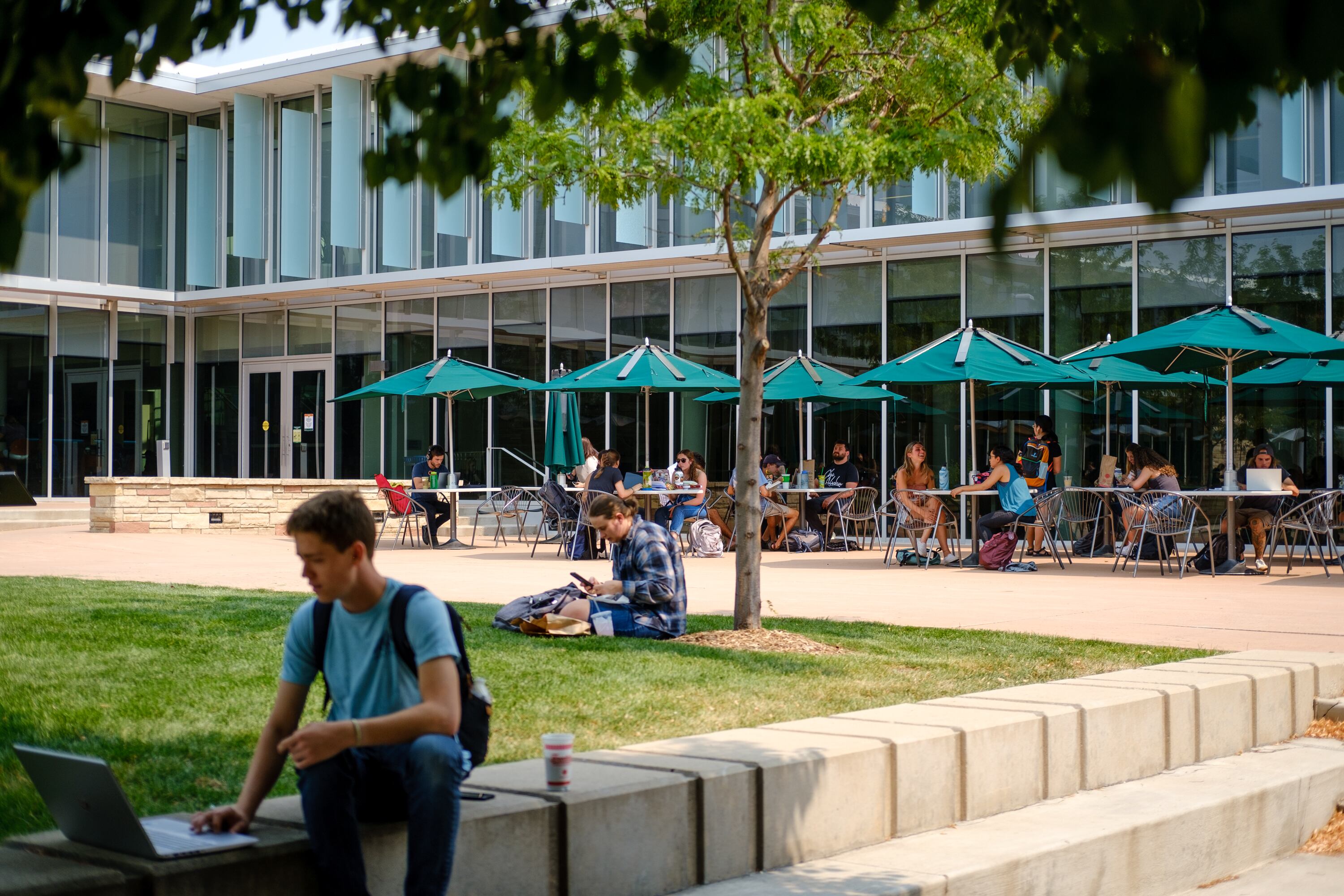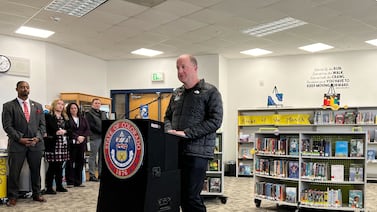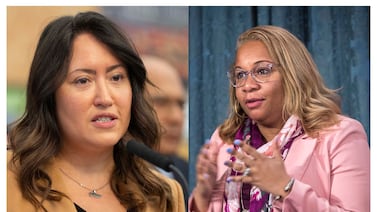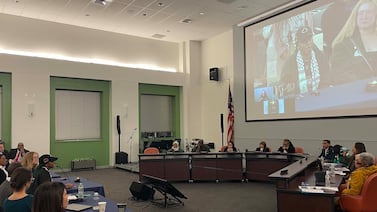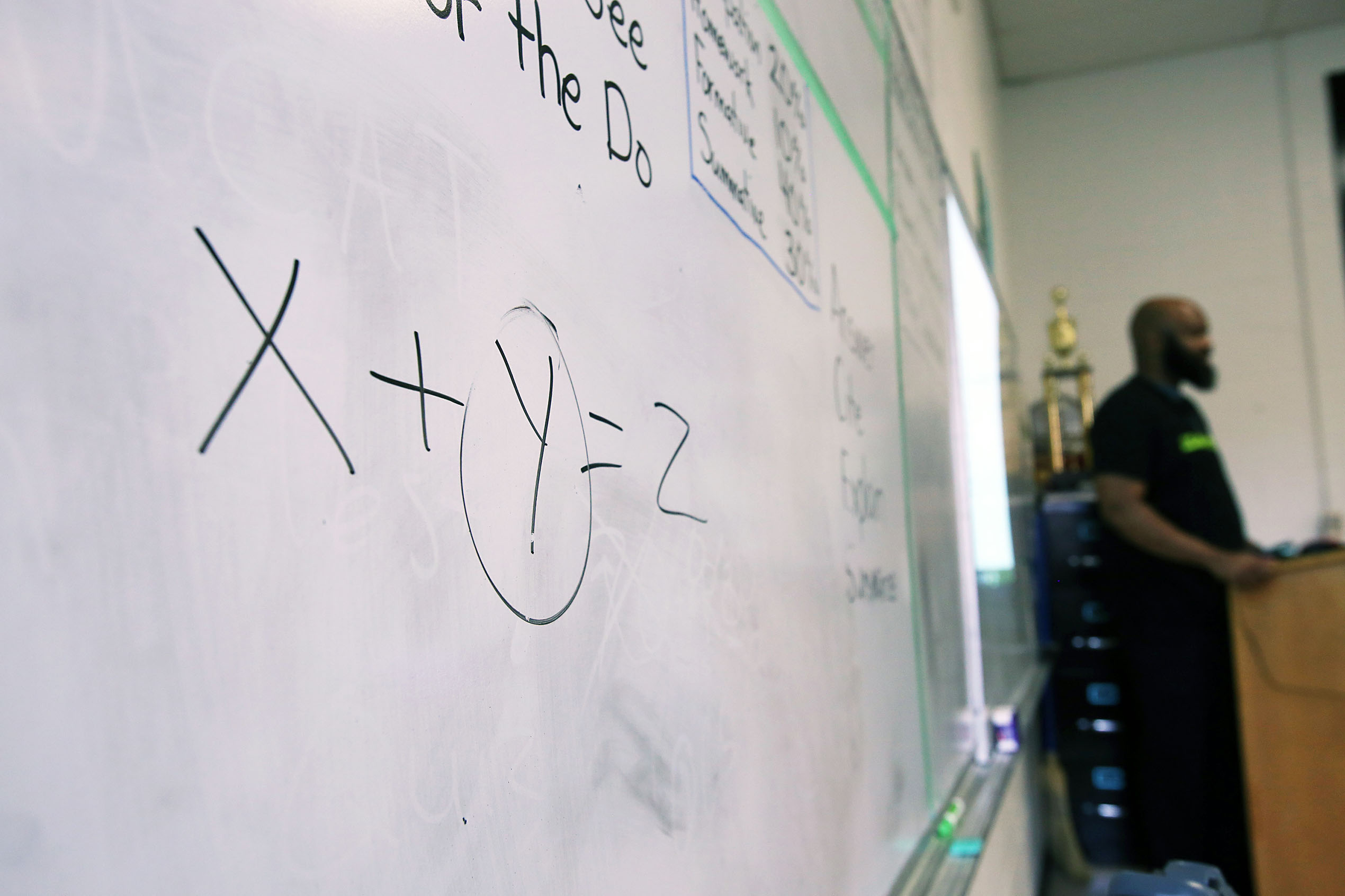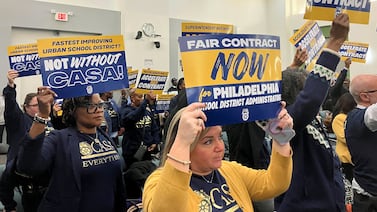Student loan borrowers across the country will have until December 2023 to apply for up to $20,000 in forgiveness from the federal government.
The Biden administration has rolled out “a short and simple” online application that borrowers can fill out on their phone or computer.
The one-time maneuver by President Joe Biden is meant to help address the student debt crisis that has ballooned to over $1.7 trillion. Biden plans to cancel $10,000 in debt for each borrower who makes less than $125,000 a year, or $250,000 for taxpayers who file jointly. He also wants to provide an additional $10,000 in relief for any borrower from a low-income background.
The student loan cancellation should help millions of borrowers, although it won’t address the larger issue of the rising cost of college and the continuing accumulation of new debt.
Here are points on how to go about claiming the loan cancellation and the big questions surrounding Biden’s plan.
Do I have to apply for student loan forgiveness?
Yes.
The Biden administration may issue automatic relief to some borrowers who have income data on record with the Education Department. Experts say, however, not to rely on that and for loan recipients to plan to apply for forgiveness.
What loans are eligible? And how will this work for borrowers?
Publicly held loans are eligible, including subsidized loans, unsubsidized loans, parent PLUS loans, and graduate PLUS loans held by the U.S. Education Department.
Michele Shepard, Institute for College Access and Success college affordability director, said borrowers, including parents who took out loans for their child’s education, should be prepared to fill out the application.
“The expectation is once borrowers do apply, they will receive either full relief — have their balance totally wiped out — or whatever amount they’re eligible for will be taken off their account,” Shepard said. The institute is a nonpartisan nonprofit that advocates for affordability, accountability, and equity in higher education.
If the government forgives a loan, the borrower’s payment schedule will be updated based on how much was forgiven, she said. Borrowers can also enroll in income-driven repayments — that is, recalculating payments based on the borrower’s income — which could also lower their monthly bill.
The federal program will forgive up to $20,000 of publicly funded loans, but will not offer forgiveness for private loans.
How can student loan borrowers apply for loan forgiveness?
The application process doesn’t ask for a borrower’s Federal Student Aid identification number or any other supporting information. Instead, borrowers will just need to fill out the short application that includes a borrower’s Social Security number.
Borrowers can fill out the form here.
After borrowers apply, the Education Department will reach out if it needs additional information.
The White House said that borrowers should beware of scams.
Karen McCarthy, the National Association of Student Financial Aid Administrators vice president for public policy and federal relations, said borrowers should familiarize themselves with their borrower information, including how much they owe and what kind of loans they have.
The best way to do that is by checking their Federal Student Loan Identification account.
How borrowers can get notified about the application process
While Chalkbeat and other news publications will continue to provide information about the application process, the best way to stay up to date with developments is to sign up for the federal government’s newsletter about the topic.
Shepard said loan servicers should communicate with borrowers, but the newsletter will let them know updates as they become available.
Readers can sign up here.
Borrowers can also get text and email alerts by opting into those on their Federal Student Loan Identification account.
Just in case, borrowers should plan for delays
While the federal government plans to get applications approved by the turn of the new year, Shepard said it’s smart to prepare to have to continue repaying loans if there’s a lag.
“I do think people should protect themselves and be prepared to manage if they need to enter repayment for a little bit if their application doesn’t go through right away,” Shepard said.
Will this even happen, since there are lawsuits over student loan actions?
It’s hard to say until the legal challenges play out, but the Biden administration has so far continued with its plan.
The newest lawsuit from conservative advocacy group the Job Creators Network argues Biden violated federal procedures by failing to seek public input on the program.
Last month, six Republican-led states filed suit accusing the administration of overstepping its executive powers. And another lawsuit out of Wisconsin was recently dismissed.
How will this address the cost of college nationwide?
It won’t.
But the Biden administration has promised changes so student loan repayment is less of a burden.
The department is proposing to reduce monthly payments for low- and middle-income borrowers by cutting in half — from 10% to 5% of discretionary income — the amount that borrowers have to pay each month on their undergraduate loans.
The rule would also forgive loan balances after 10 years of payments — instead of 20 years — for borrowers with original loan balances of $12,000 or less. And it would cut interest as long as borrowers make payments on time.
So what’s the goal for tackling college costs?
State investment in college has decreased significantly in the last several decades. And there doesn’t seem much momentum to help change the sticker price of a college education.
But the debt conversation has spurred a larger conversation about how to help students manage the cost of college, McCarthy said.
McCarthy advises families to fill out the Free Application for Federal Student Aid to help understand the total cost of college to them. She also encourages offering families long-term financial planning for college.
She suggests schools and counselors engage students in in-depth discussions about college options, because the cost of a private college vs. a public institution, or a four-year college vs. a two-year education, varies wildly.
Jason Gonzales is a reporter covering higher education and the Colorado legislature. Chalkbeat Colorado partners with Open Campus on higher education coverage. Contact Jason at jgonzales@chalkbeat.org.

